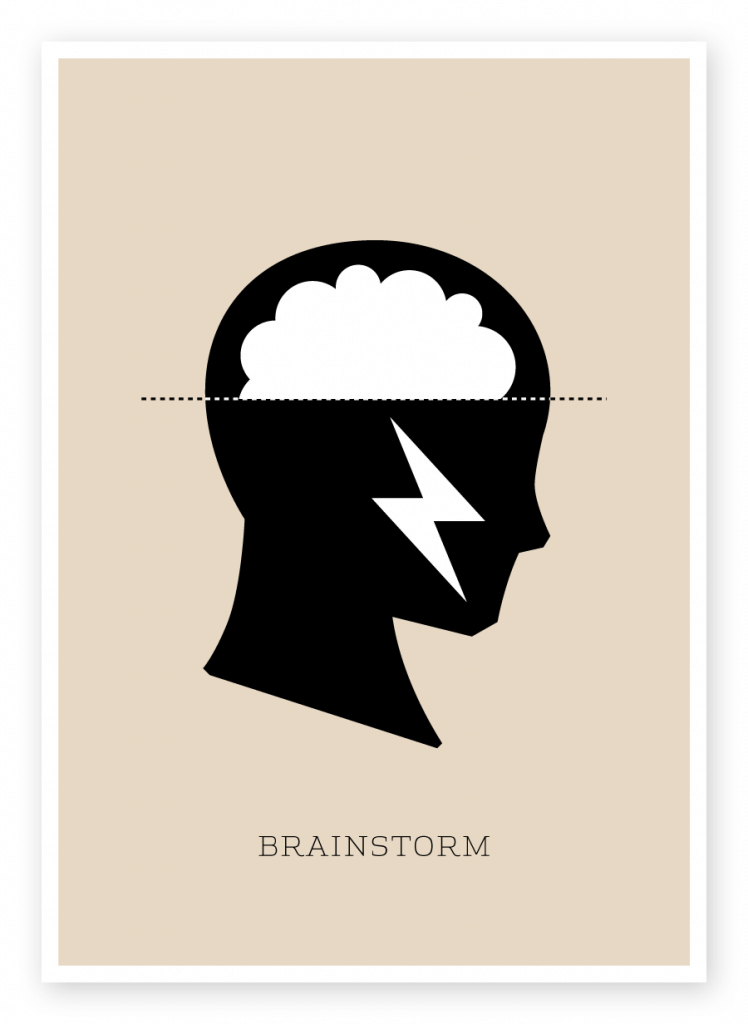 Not too long ago I experienced the dreaded “flat tire” for the first time. Most of you know what I’m talking about. Just about everyone has experienced a flat tire at one point in their life. If you have’t yet, I’m sure your time will come. As long as tires are made out of rubber and nails stay sharp, flat tires will continue to exist. But how does one who has never experienced a flat tire handle it when it does happen? Any time we face a problem that is new, whether it be a flat tire or perhaps a child who is failing to launch, we must use some degree of problem solving. Some of us do this better than others. Some runaway from the problem while others ignore the problem altogether hoping it will go away. No matter how you tend to handle “your” problems, one thing remains certain, problems are inevitable. If you have a young son or daughter at home who is failing to launch and you don’t know what to do, there’s hope. With that said, let me show you an effective problem solving process to help solve your problems, hopefully for good.
Not too long ago I experienced the dreaded “flat tire” for the first time. Most of you know what I’m talking about. Just about everyone has experienced a flat tire at one point in their life. If you have’t yet, I’m sure your time will come. As long as tires are made out of rubber and nails stay sharp, flat tires will continue to exist. But how does one who has never experienced a flat tire handle it when it does happen? Any time we face a problem that is new, whether it be a flat tire or perhaps a child who is failing to launch, we must use some degree of problem solving. Some of us do this better than others. Some runaway from the problem while others ignore the problem altogether hoping it will go away. No matter how you tend to handle “your” problems, one thing remains certain, problems are inevitable. If you have a young son or daughter at home who is failing to launch and you don’t know what to do, there’s hope. With that said, let me show you an effective problem solving process to help solve your problems, hopefully for good.
Let’s use my unfortunate tire blow-out situation as an example. As I recall, I was zooming down the highway and noticed something was wrong as the steering wheel began to pull to one side followed by a loud and repetitive thumping noise! I quickly made my way over to the shoulder to investigate the matter. I put the car in park, engaged the flashers and stepped out to survey the damage. As I began to circle the car the problem quickly became evident in the form of an airless tire. One out of four tires was not like the others. This was a problem I had never experienced before.
This time I didn’t have an easy problem such as a melting ice cream cone, that problem is fun to solve, you lick faster! The problem I now faced was a flat tire. My tire was connected to my car, my car got me to work, and work paid the bills. I was in troubled. I knew what the problem was, now it was time to look at the steps for solving it.
Step 1: Spot the problem
You’d be surprise how often this step gets missed. Emerging young adults experiencing failure to launch syndrome often have a hard time recognizing a problem exists, one of the reasons they find themselves in such a predicament. If your child is unaware a problem exists, it’s probably because the problem isn’t having much of an effect. This inability to spot the problem is usually the result of constant rescuing or enabling brought on by a family member. The truth is, your child can’t ‘know’ the problem until he ‘owns’ the problem. Until the enabler or rescuer is out of the picture or restrains themselves, there’s no real benefit in moving forward in the problem solving process.
On the other hand, if your child recognizes there’s a problem but is finding it difficult to spot the problem, it’s helpful to ask them a few questions to get the gears turning. Some questions you might ask are, “What problem are you trying to solve?” “When did you first experience this problem?” or “How is this problem affecting you?” The more specific and clear they can be, the better. Once they know the problem they can take the necessary steps to solve it.
Step 2: Brainstorm ideas
 Brainstorming is the process of getting as many ideas out on the table as possible. There are no wrong or right answers in this stage of the process. Talk or write out your ideas if possible. Be creative and open minded, the more the merrier. Don’t be afraid of thinking outside the box. Here are a few things I thought of…
Brainstorming is the process of getting as many ideas out on the table as possible. There are no wrong or right answers in this stage of the process. Talk or write out your ideas if possible. Be creative and open minded, the more the merrier. Don’t be afraid of thinking outside the box. Here are a few things I thought of…
- Use the tools in my car to fix the flat.
- Call a friend to come pick me up.
- Call a tow truck
- Hitch hike
- Walk away… I didn’t like that car anyhow!
Did you notice, standing there and staring at the pancake tire was not on the list? But for many young men and women who are failing to launch, that’s exactly what they choose to do when life gives them a flat tire (figuratively). They stand there and stare at the flat tire… taking no action. They’re simply waiting for someone else to take care of the tire for them. Hopefully, that’s not going to happen this time. Right mom and dad?!
Step 3: Identify the best solution
Step three, start looking over the ideas you’ve written out during your brainstorm session. Not all ideas will make the cut. Choose the best solution for the problem at hand, then cut the bad ones. It’s important to think about the pros and cons of each idea listed. The ideas with the most pros will shine through and it will become easier to cut away silly or less effective ideas. To envision your idea in action, it helps to talk to people you trust or use your intuition. The same goes for parents who are handling a crisis at home, talk to someone you trust. In my case I decided option 1 was the best solution… ‘use the tools in my car to fix the flat.’
Step 4: Take Action
 No good idea can show its potential unless it gets out of your head and thrust into action. There’s no better time than now, so I was ready to roll up my sleeves and get to work! Taking action is the key that will unlock the toughest problems, so before you talk yourself out of it, take action! To solve some problems it’s going to take guts. It’s hard to do hard things. Some times, most times, it’s not going to be comfortable. As we square our shoulders to the task, we will find that even a few steps is forward motion and forward motion is progress. The ideas you’ve brainstormed are a bag of tools; use the right tool for the job. I couldn’t fix my flat with a flat head screwdriver, I needed to use my car jack and tire iron. It’s important to know what’s in your tool bag and how to use each tool to it’s fullest ability to achieve the desired result.
No good idea can show its potential unless it gets out of your head and thrust into action. There’s no better time than now, so I was ready to roll up my sleeves and get to work! Taking action is the key that will unlock the toughest problems, so before you talk yourself out of it, take action! To solve some problems it’s going to take guts. It’s hard to do hard things. Some times, most times, it’s not going to be comfortable. As we square our shoulders to the task, we will find that even a few steps is forward motion and forward motion is progress. The ideas you’ve brainstormed are a bag of tools; use the right tool for the job. I couldn’t fix my flat with a flat head screwdriver, I needed to use my car jack and tire iron. It’s important to know what’s in your tool bag and how to use each tool to it’s fullest ability to achieve the desired result.
Step 5: Is it working?
Is the tool you chose working? Take a look at the results. The proof is in the progress. You know you’re making progress if the problem becomes easier to manage or best of all the problem is solved! If you don’t look at the results you won’t know. Depending on the results you will know if you can keep using the same tool or whether you need to switch to a completely different one. If you aren’t getting the desired results than change what you’re doing or stop and ask an expert. The same rules apply when dealing with an avoidant son or daughter still living at home. If the “parenting tools” your using aren’t working, stop and ask an expert. A quality therapist who specializes in Failure to Launch Syndrome or Avoidant Personality Disorder will usually do the trick. Progress will come, so long as you work hard as well as smart and that starts by following these 5 steps. Whether your problem is a flat tire or a child with a flat unproductive life, all problems can be deconstructed using the tools learned here.
When a new problem arises (Oh, how they always do!) repeat the process until it’s solved. Problems bring learning and learning causes growth. That is what life’s about, a chance to learn and become better. As we become better we will have the strength and energy to help others and by so doing, make the world a better and more interesting place to be… for you and your family.

